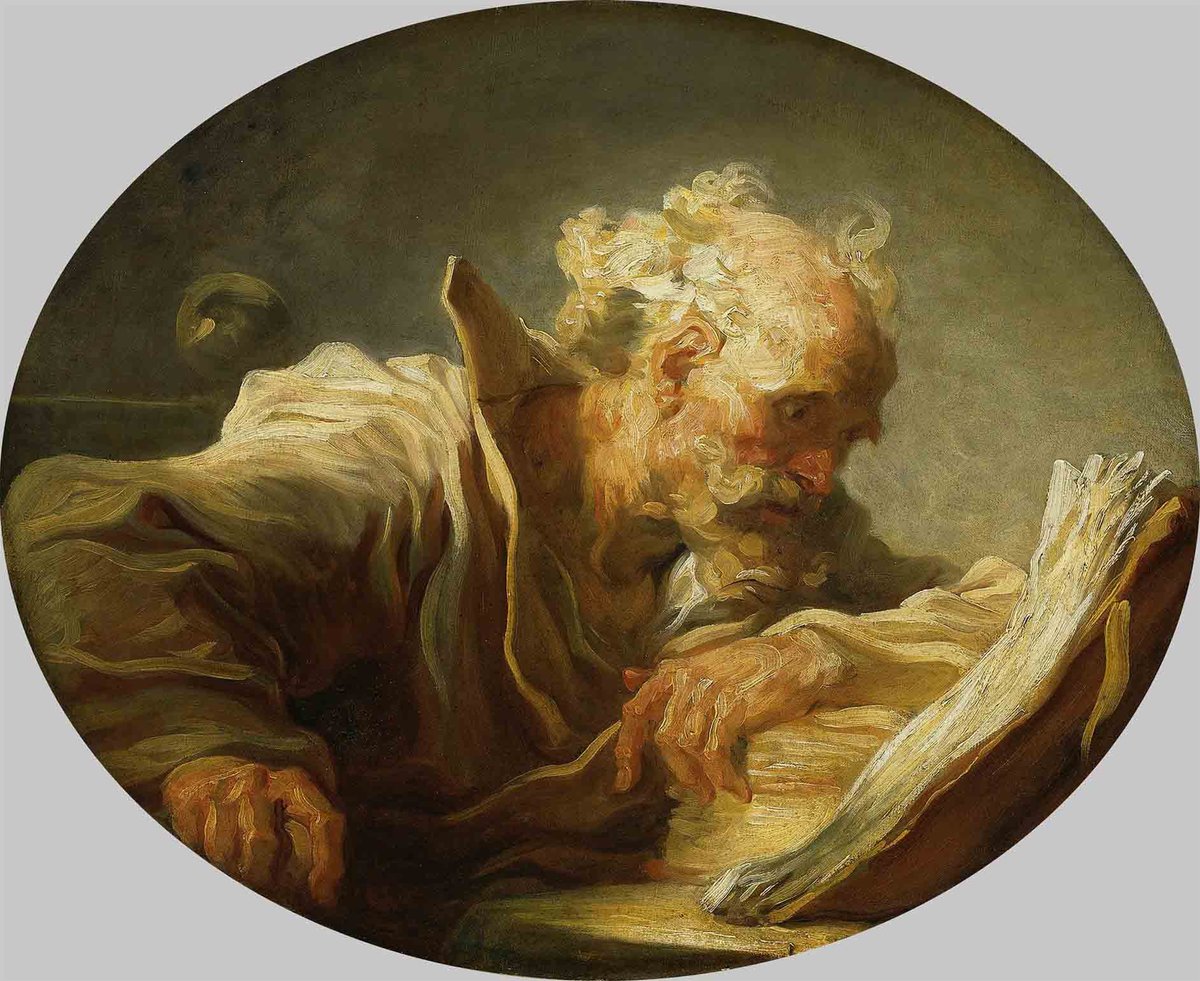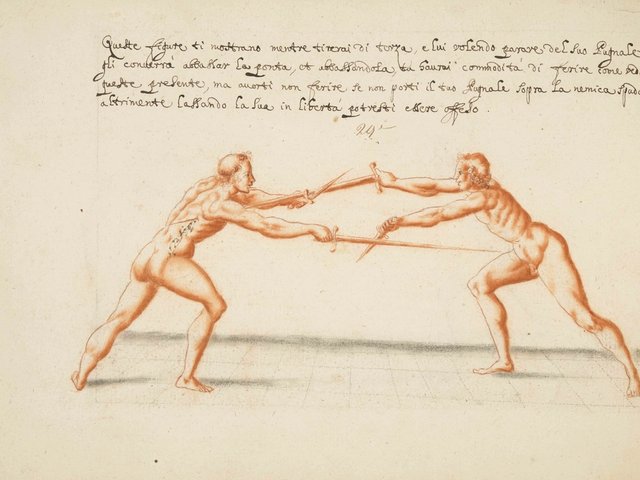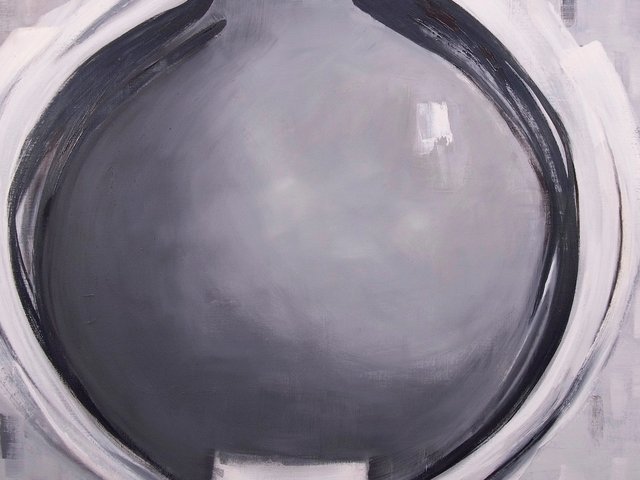To group together Giovanni Battista Tiepolo, Jean-Honoré Fragonard and Francisco Goya might seem an eccentric way of proceeding, but this catalogue of the exhibition at the Hamburger Kunsthalle puts forward a bold thesis: that these three artists, key 18th-century figures, laid the foundations of Modern art.
Severally, in Venice, Paris and Madrid they invented a new artistic “vocabulary”: a free manner of drawing, unconventional figuration and startling colours. With more than 100 examples, including works by Battista Tiepolo's son Giovanni Domenico Tiepolo, the argument seems clear, especially in the drawings. Goya, above all, and Battista Tiepolo (especially in his caricatures) may fit the definition of forerunners of Modern art, but the decadent, Rococo artist Fragonard seems at first the odd man out. Yet Elisabeth Hipp in her essay “Mehr als ‘Glück und Vergnügen’” (more than luck and pleasure) puts up a good argument for prescient aspects of his work, highlighting his highly experimental oil sketches, as, for example, in The Philosopher (around 1764) shown above.
Given the thrust of the arguments for the artists’ supposedly proleptic traits, it is odd that more attention was not paid to Domenico Tiepolo’s punchinello, those uncanny commedia dell’arte characters that can be seen to correspond with Goya’s nightmarish Los Caprichos (1797-98). But the other curious aspect of these three artists is that none bore any Bloomian “offspring”; each was very much the end of a line or type of artistic production. Nevertheless, the catalogue is thought-provoking and its only shortcoming (and not a minor one) is that it is printed in sans serif fonts throughout.
- Sandra Pisot, ed, Goya, Fragonard, Tiepolo: die Freiheit der Malerei, Hirmer Verlag, 336pp, €45 (hb)




